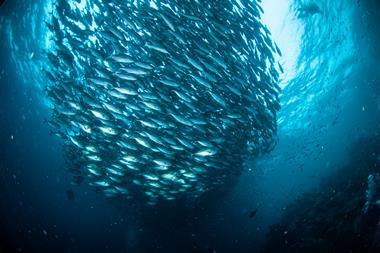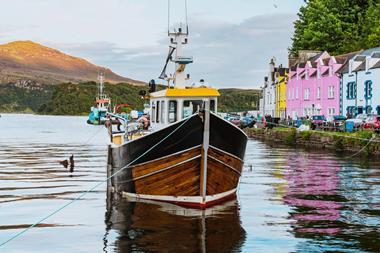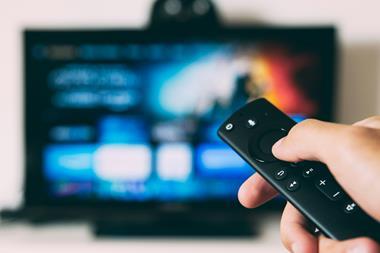
The sustainability of UK fish stocks will be better safeguarded by using technology to monitor and manage fishing activity in English waters, the government has announced.
The technology – known as Remote Electronic Monitoring – involves using cameras, gear sensors and GPS units to make sure catches are accurately recorded, and fish are not unlawfully thrown back into the sea.
The data captured will support the fishing industry to manage stocks sustainably and give retailers and consumers greater confidence about the sustainability of fish, the government said.
Volunteers within five priority fisheries will begin to use REM systems from this summer, with their work helping to refine the UK’s monitoring objectives and ensure the technology works for fishers.
Once monitoring objectives are finalised and the REM systems are proven to work well, the systems will become mandatory in all vessels in those fisheries – including non-UK vessels.
Read more: Over half of government seafood catch limits unsustainable, data shows
“Leaving the EU has given us the opportunity to take a new approach to fisheries management that is in the best interests of the UK fishing industry,” said fisheries minister Mark Spencer.
“By harnessing this technology, we can sustainably manage our fish stocks to benefit the industry, future generations, and our marine environment.”
From 2025, landings and discards in England will both be counted against quota allocations, and the amount of quota used to cover discards will vary and will depend on the type of vessel and gear types used.
In addition to this, discard reduction schemes will be established to identify ways to reduce unwanted catch in the first instance.
Working collaboratively with regulators and the industry, the schemes are designed to identify and resolve barriers to improve gears being used.
Approaches will start to be implemented at the beginning of next year.

















No comments yet